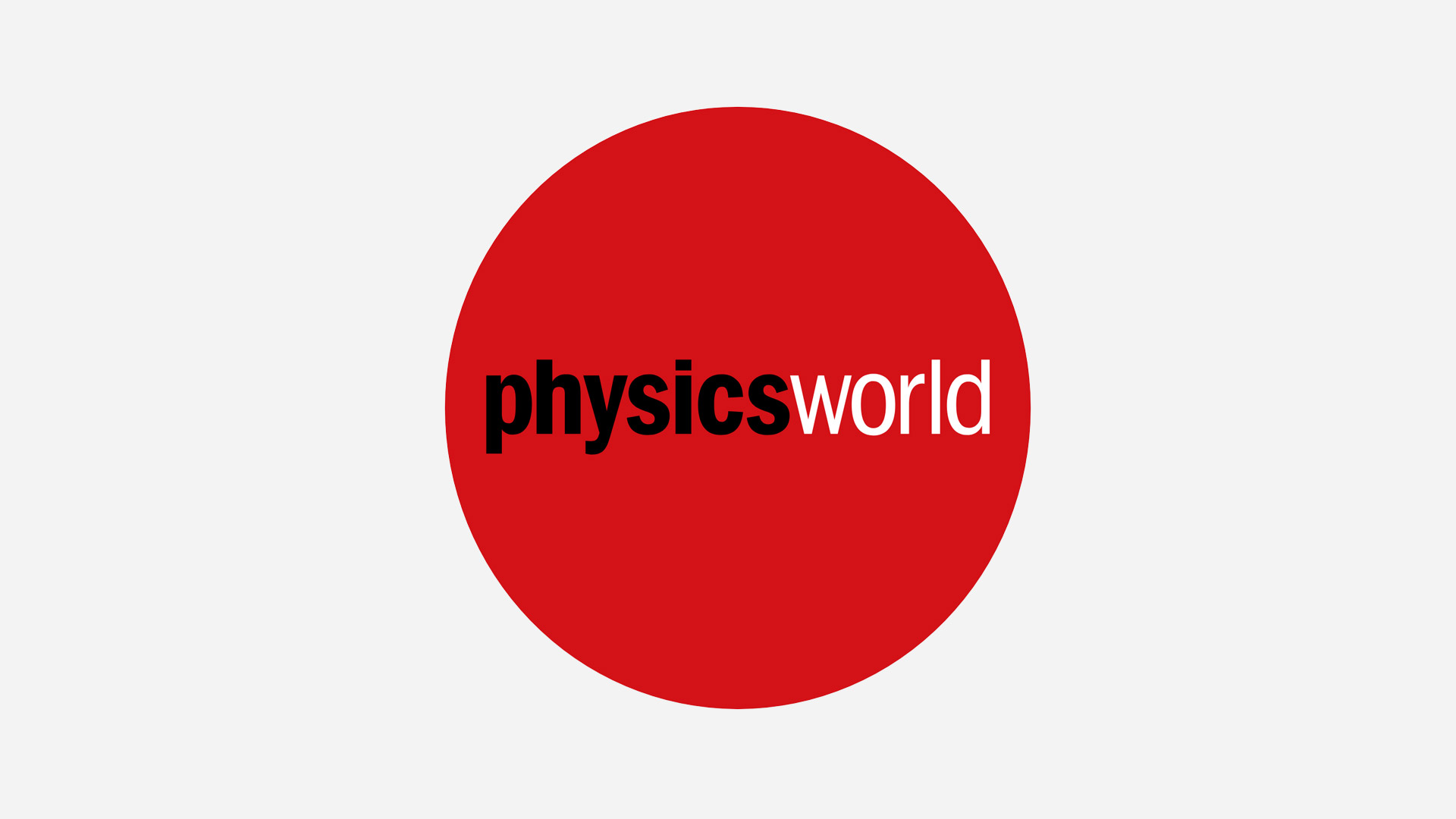Author
Array
(
[0] => linkedin
[1] => facebook
[2] => twitter
[3] => google-plus
[4] => youtube
)
Array
(
[0] => linkedin
[1] => facebook
[2] => twitter
[3] => google-plus
[4] => youtube
)
Array
(
[0] => linkedin
[1] => facebook
[2] => twitter
[3] => google-plus
[4] => youtube
)
Array
(
[0] => linkedin
[1] => facebook
[2] => twitter
[3] => google-plus
[4] => youtube
)
Array
(
[0] => linkedin
[1] => facebook
[2] => twitter
[3] => google-plus
[4] => youtube
)
No Author
Author archive
 Read article: The search for extra dimensions
Read article: The search for extra dimensions
The idea that the universe is trapped on a membrane in some high-dimensional space-time may explain why gravity is so weak, and could be tested at high-energy particle accelerators
 Read article: Not the right stuff
Read article: Not the right stuff
Almost 40 years later, as the International Space Station takes shape, history is repeating itself. Of course, the space station has never been a scientific mission – its main purpose has always been to develop new technologies for space exploration, and latterly (and ironically given their history of competition in space) the United States has […]
 Read article: No space like home
Read article: No space like home
Space station commander Bill Shepherd (US), Soyuz commander Yuri Gidzenko and flight engineer Sergei Krikalev have trained for four years in both Russia and the US in preparation for the expedition, which represents the first permanent human occupation of the space station. The crew is expecting a number of visitors over the next few months. […]

Galindo-Uribarri and co-workers chose an isotope of neon with an energy structure that prevents it from emitting protons one at a time. This means that the two protons are certainly ejected simultaneously. The team fired a beam of radioactive fluorine ions at a proton-rich target to produce neon-18, which then decays into oxygen and two […]

Southwood received his PhD from Imperial College, London, in 1966 and was appointed as lecturer in the physics department in 1971, where he rose to become head of department in 1984. He studied the propagation of waves in the solar and terrestrial environment, joined the Galileo spacecraft team, and was also involved with the solar […]

Conventional magnetic recording works by changing the magnetisation states of different domains. An in-plane applied magnetic field takes a few nanoseconds to ‘switch’ the domain state. But Back and colleagues were surprised recently to find that a magnetic field applied perpendicular to a cobalt film can also flip magnetisation states (C H Back et al […]

Titan’s atmosphere has much in common with our own: it consists mainly of nitrogen, contains organic material, and exerts a pressure one-and-a half times what we feel on Earth. But Titan receives just 1% of the power that the Earth receives from the Sun. Griffith and co-workers believe that at such low temperatures, the methane […]

Although researchers have proposed a wide variety of explanations for sonoluminescence, they are in broad agreement that the oscillating bubbles reach very high temperatures. Until now, however, single-bubble sonoluminescence has been observed only from air bubbles trapped in water, although very weak emissions have been detected in some alcohols. Suslick and colleagues predicted the necessary […]
 Read article: ESA space missions: the next generation
Read article: ESA space missions: the next generation
The Bepi-Colombo mission will begin its trip to Mercury, the solar system’s innermost planet, in 2009. The spacecraft is expected to solve some long-standing puzzles about Mercury and provide insights into our own place in the solar system. The second cornerstone project is a satellite-based telescope called GAIA. Scheduled for launch before 2012, GAIA will […]

“We know that cosmic radiation at aircraft altitudes is several orders of magnitude more intense than that experienced at ground level because there is less protection from our atmosphere”, says Bob Bentley, project scientist at MSSL. But scientists are currently unsure how much of the radiation penetrates into the cabins of aircraft and what risk […]
Copyright © 2025 by IOP Publishing Ltd and individual contributors
 Read article: The search for extra dimensions
Read article: The search for extra dimensions



